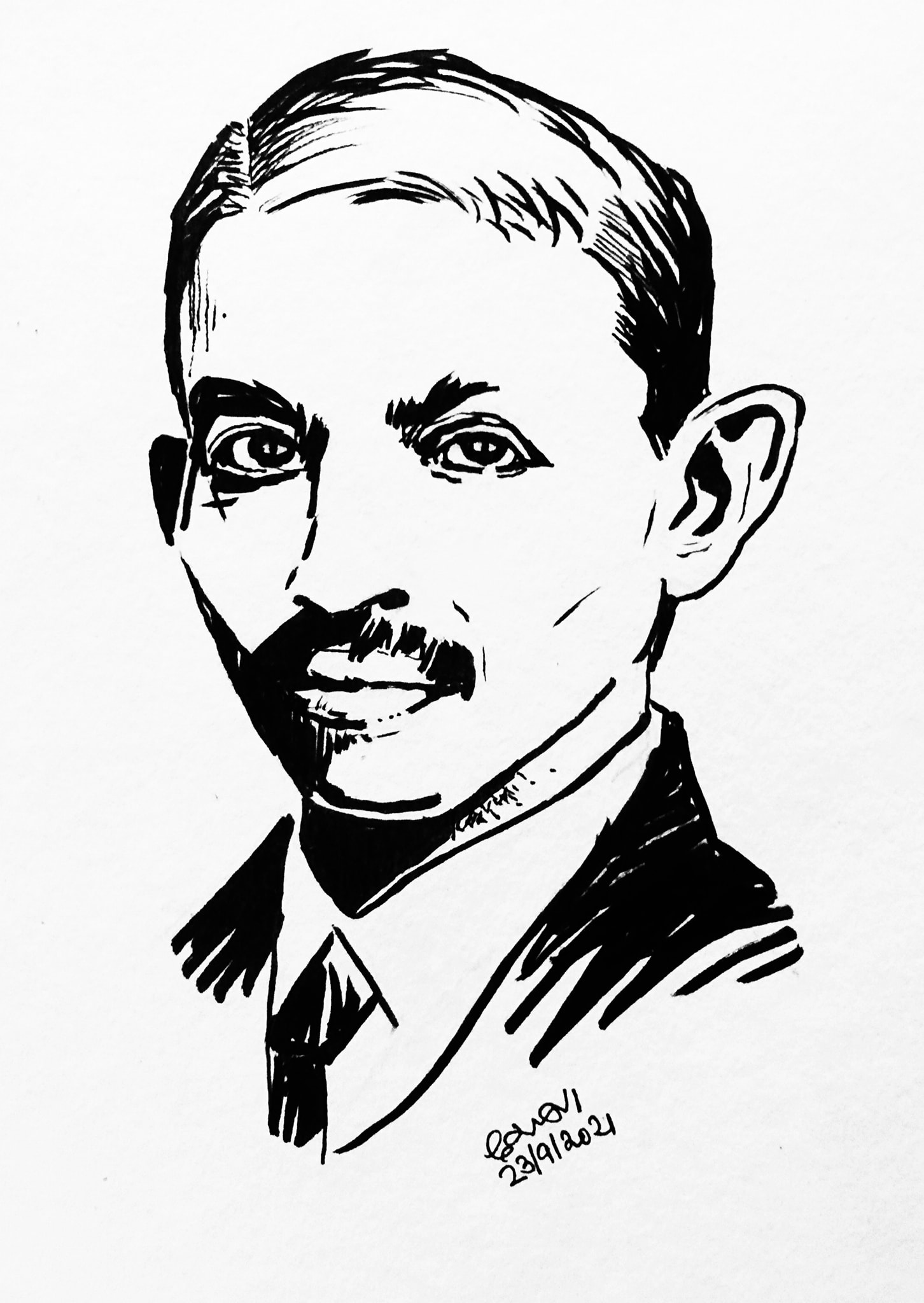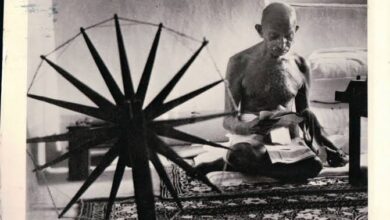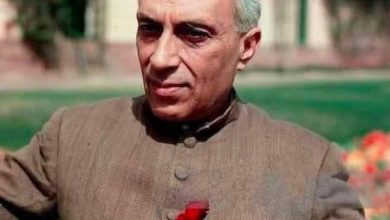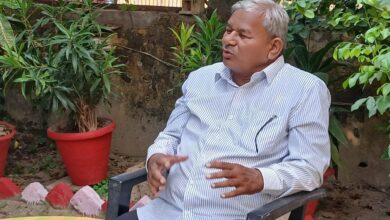What Youth can learn from Gandhi’s South Africa train Episode?
Siby K. Joseph

We have assembled here in Anasakti Ashram, Kausani on a historic day connected with Gandhi, which can be described as a landmark in the life of young Mohandas. We are observing the 132nd anniversary of the Pietermaritzburg Railway Episode of Gandhi. What lessons can youngsters learn from this particular episode in Gandhi’s life?
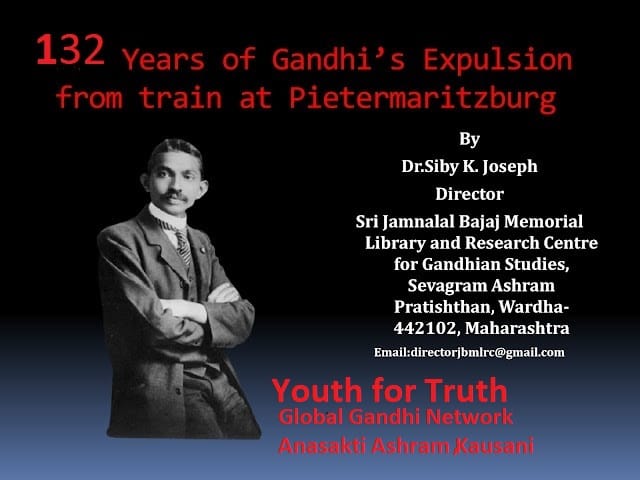
When this incident took place, Gandhi was a young lawyer who studied law in Inner Temple, London, and had no practical experience. After his studies in London, he returned to India in 1891. Mohandas attempted to practice law in Bombay but struggled to find success. His nervousness during cross-examination and lack of confidence in his legal skills proved to be fatal in establishing a successful legal practice in Bombay. After failing to establish a practice in Bombay, he returned to Rajkot and drafted petitions for litigants to make a living. He was like any other young lawyer seeking employment, a career move that brought him to South Africa in 1893. Gandhi was 24 years old and was in search of a lucrative career, a common ambition for many young people of his age. He had accepted a contract to work as a lawyer for Dada Abdulah, a merchant who had roots in Kathiawar.
Mohandas had to face the wrath of racial discrimination when he landed in South Africa. He never faced any difficulties during his phase as a law student in England. The first incident took place when he visited the Durban Court; the magistrate ordered him to take off his turban (headgear), which Gandhi refused, and walked out of the court. However, the most stunning incident took place on June 7th, 1893, when he was traveling from Durban to Pretoria in South Africa. During this journey, a white man detected Gandhi’s presence in the first-class railway carriage. South African Blacks or Indians were not permitted to travel in first-class compartments due to racial discrimination prevailing in South Africa at that time. Despite the fact that he was an Inner Temple-educated lawyer, Gandhi was ordered to move to the third-class compartment. Young Gandhi protested and refused to obey the order because he had a valid first-class ticket. He was finally thrown out of the train at Pietermaritzburg Railway Station.
Gandhi recalled the event when he wrote his Autobiography – “The Story of My Experiments with Truth” later. Like any other young person, he was thinking about what was his duty and how to handle this delicate situation. Gandhi’s reflections on the questions were the following. The first one was “Should I fight for my rights or go back to India?” The second one was “Should I go on to Pretoria without minding the insults?” The third reflection was that “it would be cowardice to run back to India without fulfilling my obligation.” The hardship he had undergone was superficial. All these happened on that fateful night due to the prevalence of racial discrimination in South Africa. He was not the only one who underwent this humiliation and injustice. What he had experienced was “only a symptom of the deep disease of colour prejudice.” He wanted to root out that disease of racial discrimination completely.
This incident was a transformational experience in the life of Gandhi. That is why Nelson Mandela later remarked: “India gave us M.K. Gandhi, we returned him as Mahatma Gandhi after two decades.” On that particular day at Pietermaritzburg, Gandhi was most creative; the usual feelings of revenge, disgust, and hatred did not come to him at all. Louis Fischer, a well-known biographer of Gandhi, in his book mentions an interview of Dr. John R. Mott, a Christian missionary who asked Gandhi, ‘What have been the most creative experiences in your life?’ In reply, Gandhi said: ‘the story of the night in the Maritzburg station.’ It was something new, which was very positive and creative, deciding to apply nonviolence in the fight against racial discrimination. Even after facing all these difficulties, he again booked in the first class and traveled further, ever ready to face the consequences and meet with similar situations again. But this time, the English passenger favoured him by saying that Gandhi had a first-class ticket and he had no issue with traveling with him.
For Gandhi, it was not a personal issue of pocketing the insult but a public cause, and he decided to fight for human justice.
This incident is often described as the birth of Satyagraha. When we say it was on June 7, 1893, that Satyagraha was born, we are putting Mahatmaship on him at an early stage. But it would be more appropriate to say that with this incident, the seed of nonviolence was sown or Satyagraha was born in his mind in embryonic form. Pietermaritzburg railway station is a reminder of the momentous rail journey that M.K. Gandhi undertook and his bold decision to fight against the forces of racial discrimination and colonialism. A small plaque is kept there in the railway station where the incident took place with a brief description. “In the vicinity of this plaque, M.K. Gandhi was evicted from a first-class compartment on the night of June 7, 1893. This incident changed the course of his life. He took up the fight against racial oppression. His active nonviolence started from that date.” From the train incident, his firm decision to fight against racial discrimination began, which was inbuilt in the apartheid regime that existed in South Africa. Gandhi was aware of the fact that the Hindu treatments of untouchables in India were also grave instances of injustice based on caste hierarchy. He protested the practice of untouchability even in his family as a young boy. Therefore, fighting against caste discrimination was one of his priorities in India’s struggle for independence. Gandhi, in his political fights both in South Africa and India, tried to work out a true notion of justice based on his own experience in his own country and outside. This event was a turning point in the life of Gandhi and laid the foundation for future work and actions both in South Africa and later in India. That was the beginning of the fight against racial discrimination in a creative manner.
The Maritzburg incident can teach youngsters to transform adversity into opportunities for creative action and self-discovery. We are facing a lot of adversities and discriminations in day-to-day life, but we can learn from young Gandhi’s example how to cultivate resilience and perseverance and to never give up on one’s goals. When you face adversities and negative experiences in life, instead of succumbing to despair or resorting to violent response, consider it as challenges and opportunities to learn, reflect, grow, and work towards the creation of a just and peaceful world order. This incident is not only significant for the younger generation but also a source of inspiration for all fighting against all sorts of injustices anywhere in the world.
About the Author: Dr. Siby K. Joseph is Director, Sri Jamnalal Bajaj Memorial Library and Research Centre for Gandhian Studies, Sevagram Ashram Pratishthan, Sevagram, Wardha 442102, Maharashtra. He is the author of the well-known book” Gandhi in South Africa: A Racist or Liberator”. Email: directorjbmlrc@gmail.com

